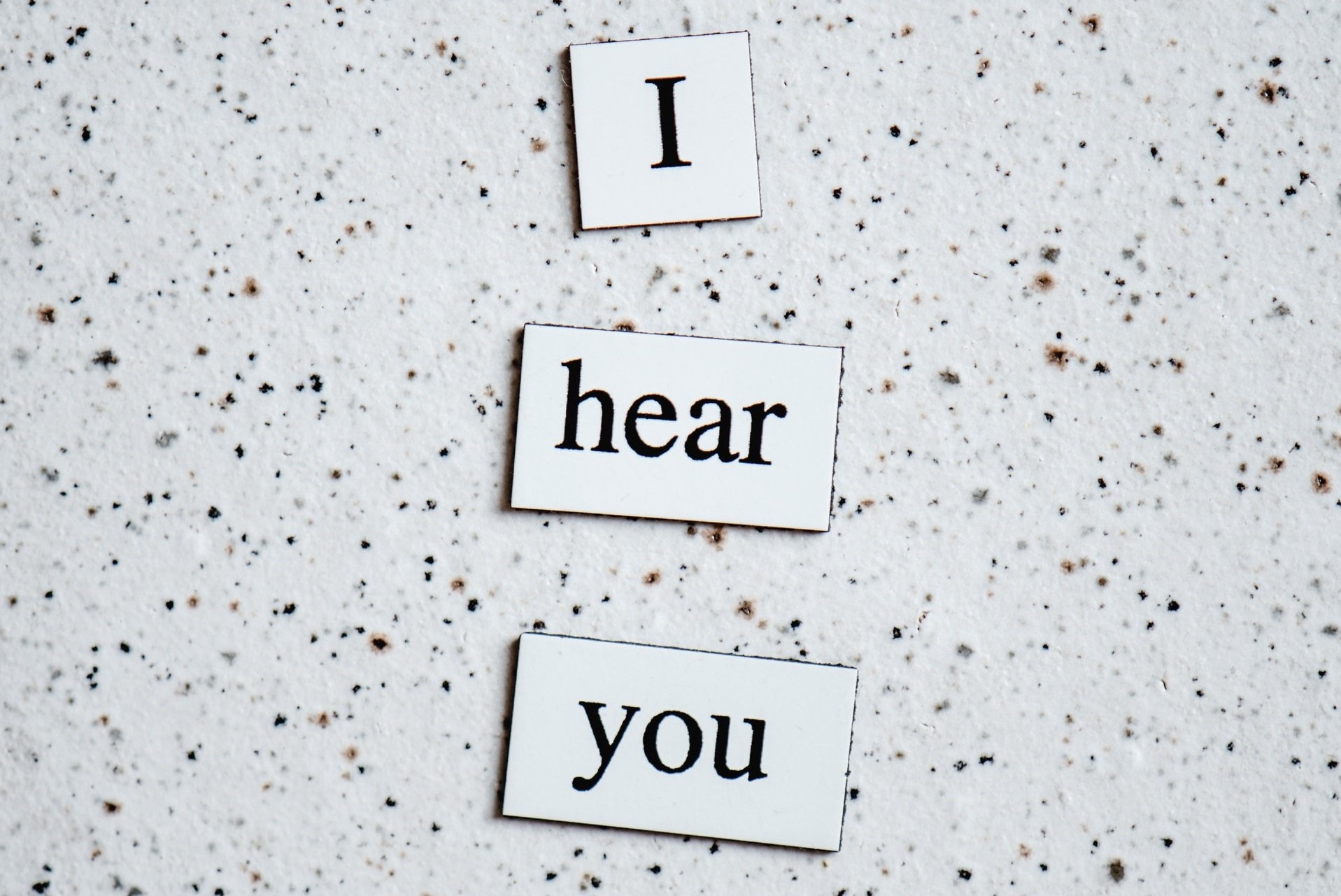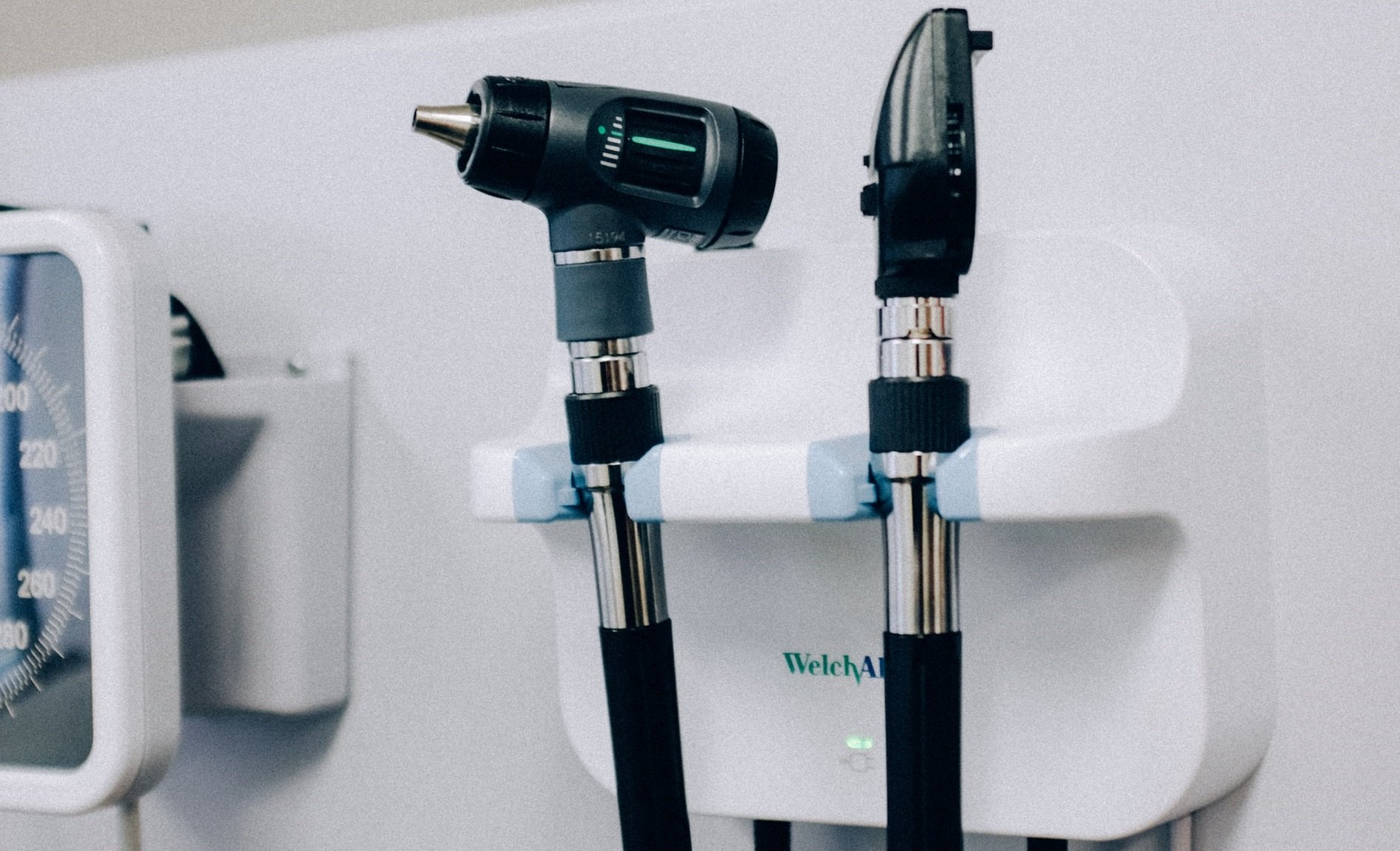
Contents
What is Included in Your Hearing Aid Cost?
With hearing aids costing an average of $2,300 and upwards of $5,000 to $6,000, it is only natural to wonder what is included in that seemingly overwhelming cost.
Your purchase typically includes the hearing test, consultations, initial fitting, all the follow-up adjustments, routine cleanings, and a warranty that can range from one to three years. Most of this is required and not reduce-able, since hearing aids are FDA regulated medical devices that need tailor-made for the specific patient. When you look at the cost of all of the procedures included (a bundled service), the cost to manufacture the actual device ends up only being a small part of the whole price tag. However, the bundled service cost can be considered as a good investment taking into factor that the state of your health is always in fluctuation and will be in need of periodic check-ups.
Although bundled services are much more common, unbundled services that will let you pick and choose the procedures you need like warranties and follow up terms do exist.
Either way, make sure to ask a hearing care professional what exactly is included in the price of hearing aids so you fully understand what you are purchasing.
Having that in mind, there are ways to receive financial support for your hearing aids.
6 Ways to Get Financial Support for Your Hearing Aid
1. Medicaid
While Medicare does not include hearing aids, Medicaid may cover them, although requirements differ by states for adults.
Coverage for Children: The Early and Periodic Screening, Diagnosis and Treatment (EDSDT) Program
Under Medicaid, the state must provide children under the age of 21 who are at risk for hearing impairment, appropriate screening, diagnostic, and treatment including hearing aids
Make sure to check the Hearing Loss Association of America (HLAA) website or your state’s Medicaid offices for updates.
2. Veteran Programs
To receive hearing aids from the Department of Veterans Affairs, you must qualify for VA Health Benefits. Once you are approved for the program, veterans can seek out benefits for hearing tests, examinations, and hearing aid purchases.
According to the VA’s 2014 directive for eye and ear care, the following veterans are more likely to receive hearing aid:
- Those with any compensable service-connected disability.
- Those who are former Prisoners of War.
- Those who were awarded a Purple Heart.
- Those in receipt of benefits under 38 U.S.C. 1151.
- Those in receipt of an increased pension based on the need for regular aid and attendance or by reason of being permanently house-bound.
- Those who have a visual or hearing impairment resulting from the existence of another medical condition for which the Veteran is receiving VA care, or which resulted from treatment of that medical condition.
- Those with significant functional or cognitive impairment evidenced by deficiencies in activities of daily living, but not including normally occurring visual or hearing impairments.
- Those visually or hearing impaired so severely that the provision of sensory-neural aids is necessary to permit active participation in their own medical treatment.
The directive goes further into what the criteria are for being prescribed a hearing aid, so be sure to check the directive or with your local VA Office for updates.
3. Non Profit Organizations (NPOs)
There are several nonprofit charities that grant financial aid to those who are in need of hearing aids.
The HIKE Fund of Job’s Daughters International helps kids and parents receive the aid they need through donations. Children are eligible to receive a grant providing the need is verified by a prescription from an audiologist or a physician.
Sertoma helps people with hearing issues and runs scholarship programs and hearing aid recycling programs through its clubs located nationwide.
HEAR Now sponsored by the Starkey Hearing Foundation provides hearing aids for people with limited income.
※ Many applications are on halt due to the pandemic. Please check the website for updates.
4. Private Insurance Companies
Although hearing aids are rarely covered by private insurance companies, in New Hampshire, Rhode Island, and Arkansas, insurers are required by law to provide coverage for adults and children.
In New Hampshire, insurance companies are required to cover the cost of no less than $1,500 per hearing aid once every five years.
Rhode Island requires individual and group insurance policies to provide $700 coverage per individual hearing aid every three years for those over the age of 19.
In Arkansas, insurance companies are required to offer coverage to employers in the state and if companies take advantage of this regulation, the health plan must provide coverage of no less than $1,400 per ear every three years.
For other states, insurers may be required to cover hearing aids for children. Be sure to check with your state office for updates.
5. The Affordable Care Act (ACA)
After the implementation in 2010, the Affordable Care Act (ACA) law aims to make health insurance available and affordable to people and small groups who are uninsured.
At the time of this writing, only select states (Colorado, Connecticut, Delaware, Georgia, Hawaii, Kentucky, Louisiana, Maine, Maryland, Massachusetts, Minnesota, Nevada, New Hampshire, New Jersey, New Mexico, New York, North Carolina, Oklahoma, Oregon, Rhode Island, Tennessee, Texas, Wisconsin) require coverage through the ACA, but provisions are to be implemented in the coming years so make sure to check your state office or the Hearing Loss Association of America website for updates.
6. Health Savings Account
A Health Savings Account, similar to a personal savings account can be used for qualified healthcare expenses including hearing aids. To be eligible, you must be enrolled in a High Deductible Health Plan which allows for lower insurance premiums.
PSAPs: An Alternative to Hearing Aids?
Taking into factor all of the above, what are PSAPs, and can they be an alternative to hearing aids?
PSAPs are over-the-counter, wearable electronic devices that are designed to accentuate listening in certain environments and they range in price anywhere from $100 to $1,000. Although some may be priced at the range of traditional hearing aids, they are not regulated by the FDA and are made for those who do not have hearing loss.
FDA suggests that examples of situations in which PSAPs are applicable are for hunting, bird watching, listening to lectures, and listening to soft sounds that would be difficult for normal hearing individuals to hear.
With that in mind, PSAPs are not for everyone. If you are experiencing signs of hearing loss, you should first seek advice from a professional hearing care specialist – a hearing aid device may be necessary.
On the other hand, if you are looking into the market for a neat device that will help you hear sounds more clearly, PSAPs may be the answer. While PSAPs are not regulated by the FDA by, the devices are still subject to oversight under existing consumer electronic rules set by the Radiation Control for Health and Safety Act, and quality is insured.
Whatever situation you are in, seek professional help before making a commitment, but PSAPs may help with your hearing needs. You can also try an online hearing test hear, and see your results.
Resources for Assistance
Here’s a list of resources that you can look to for assistance in finding a hearing device and financial support.
- Hearing Loss of America – Financial Assistance
- EarCommunity.org – Financial Assistance
- American Speech-Language-Hearing Association – State Insurance Mandates
- HealthCare.gov – Getting Coverage
The information in this guide has been written using the following reliable sources:
https://www.hearingloss.org/hearing-help/financial-assistance/
https://dacnw.org/wp-content/uploads/2014/04/hearingaids-financial-assistance-GOOD1.pdf
https://www.healthyhearing.com/help/hearing-aids/insurance-financial-assistance
https://www.healthcare.gov/glossary/health-savings-account-hsa/
https://www.audiology.org/sites/default/files/publications/resources/20180130_AuD_Guide_OTC.pdf








